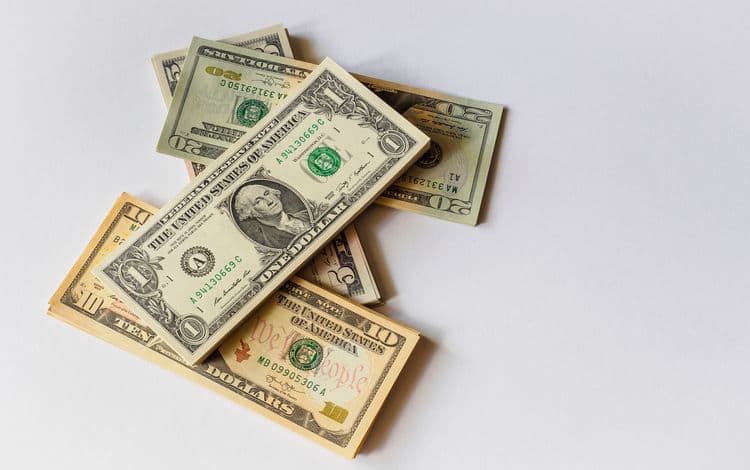As of Monday, April 6th, over 43 Billion and over 220,000 businesses have already applied for the PPP Loan. Given that there is a total of 349 billion available in the coffers, over 12% of the allotted funding pool has already been designated. If loans continue to be approved at this rate, this money may run out by the end of next week. Here are some points to take into consideration when applying for the loan.
Why are some applicants being declined?
The CARES act calls for banks to carry 4% of loans that are unforgiven. The unforgiven amount is loaned at a 1% rate. Banks will need enough money in reserves to cover these loans. If banks overextend themselves by providing too many loans under the PPP, they could find themselves giving many loans at only 1%. As a result, many large banks are requiring applicants to have both a business account and an existing loan with them. This allows the banks to protect themselves by averaging all loans customers have with them, thus reducing their risk. Smaller institutions are adding additional measures by limiting the amount of money they will provide under the PPP Loan.
Are independent contractors covered?
Individuals paid as an independent contractor, or sole proprietor will not be included in payroll calculations from businesses looking to borrow from the PPP Loan. The SBA has further emphasized this guideline in the most recent update published. In essence, if your primary income comes from one company, they can not add whatever you bill them for, under the PPP guidelines. Instead, you should apply for a PPP Loan, yourself.
What about those who are self-employed?
If you are a sole proprietor, and you don't file your taxes separately from your business. It appears these applications will be addressed no earlier than Friday, April 10th, 2020. Help expedite your application process by having your Schedule C and SE from your tax return. Keep in mind that the value at which you can collect under forgiveness will likely be based on your net income and not gross.
On forgiveness
The amount of money that may be forgiven under the PPP Loan includes payroll costs, interest in mortgages, rent, and utilities. For the loan amount to be forgiven, employers must maintain or [quickly] rehire employees and maintain those salary levels. The SBA notes that "Forgiveness will be reduced if full-time headcount declines, or if salaries and wages decrease." Any of the loan amounts not forgiven will be charged at a rate of 1%. The loan will be deferred for six months and will need to be paid off in 2 years. Lastly, forgiveness is not automatic. As a business owner, you will need to apply and qualify for loan forgiveness. Those who do not file for said forgiveness will see the loan converted to a two year fixed loan at a 1% rate.
Here at First Union Lending, we are keeping up on the latest information regarding the regulations and guidelines laid out by the SBA. This is a complicated process that has been rolled out incredibly fast. Please be sure to follow us to keep up with the latest updates. As always, if you need additional funding for your business, call us at 863-825-5626. One of our specialists would love to help.
